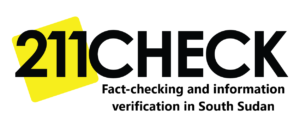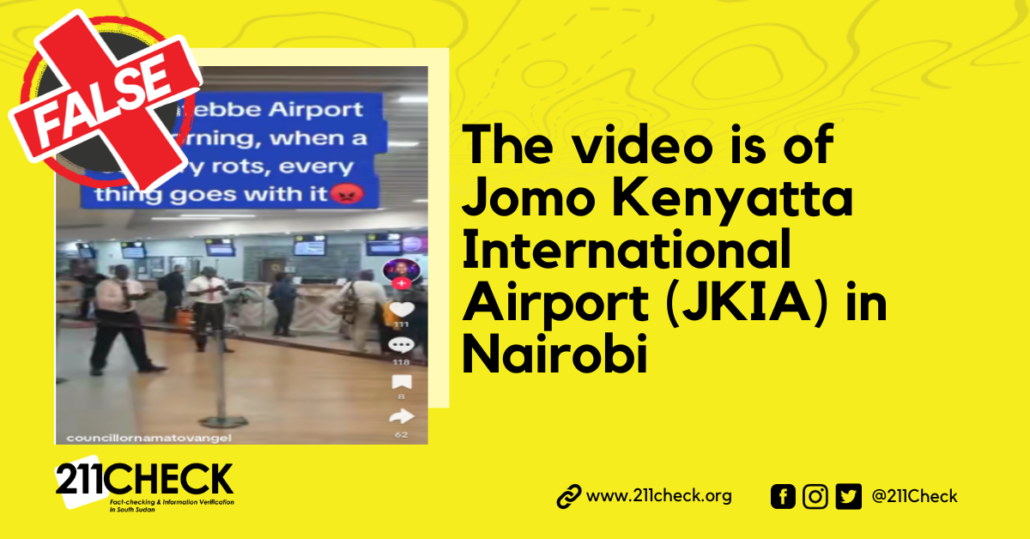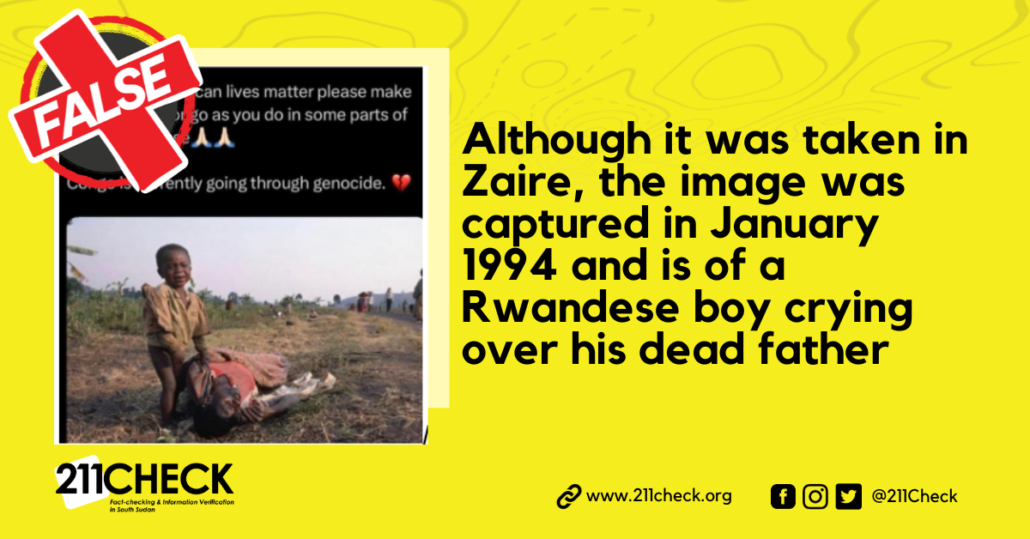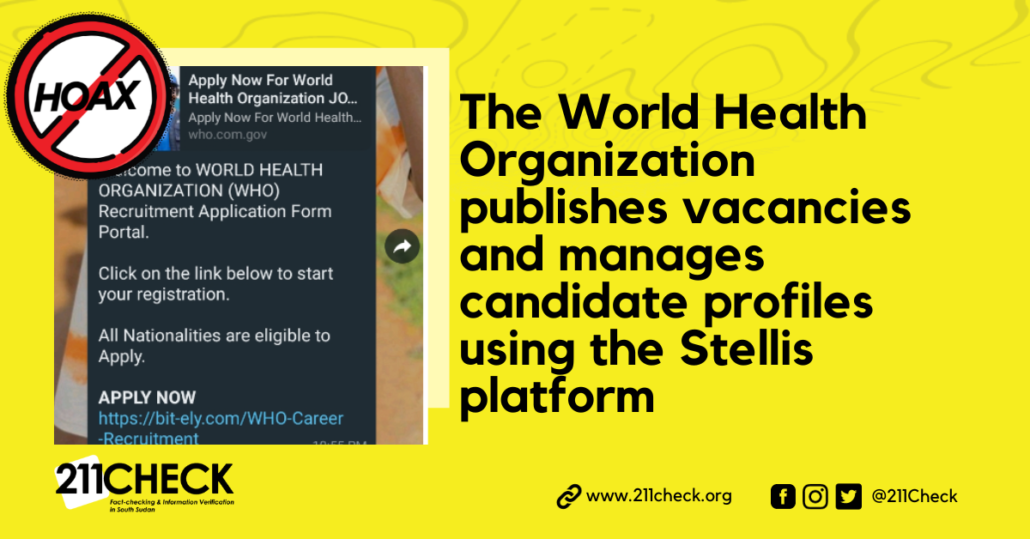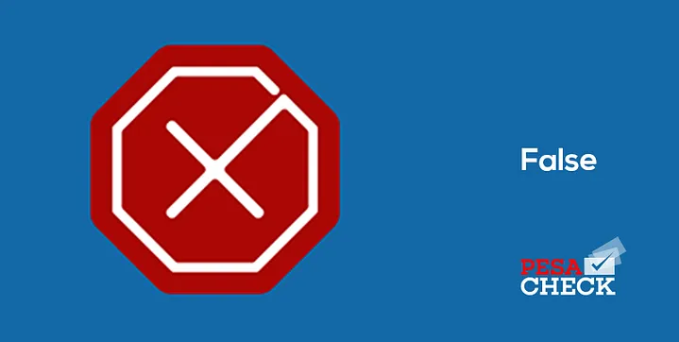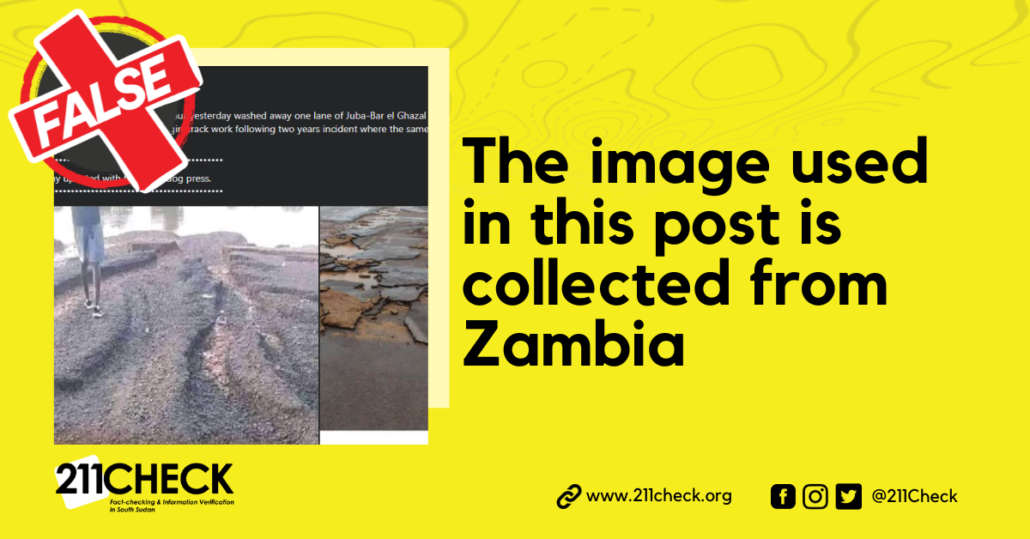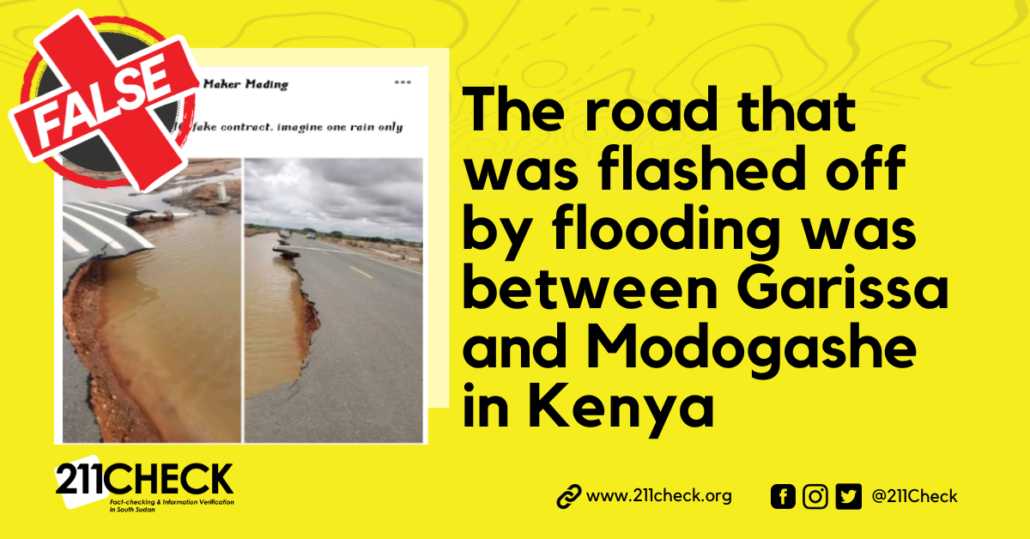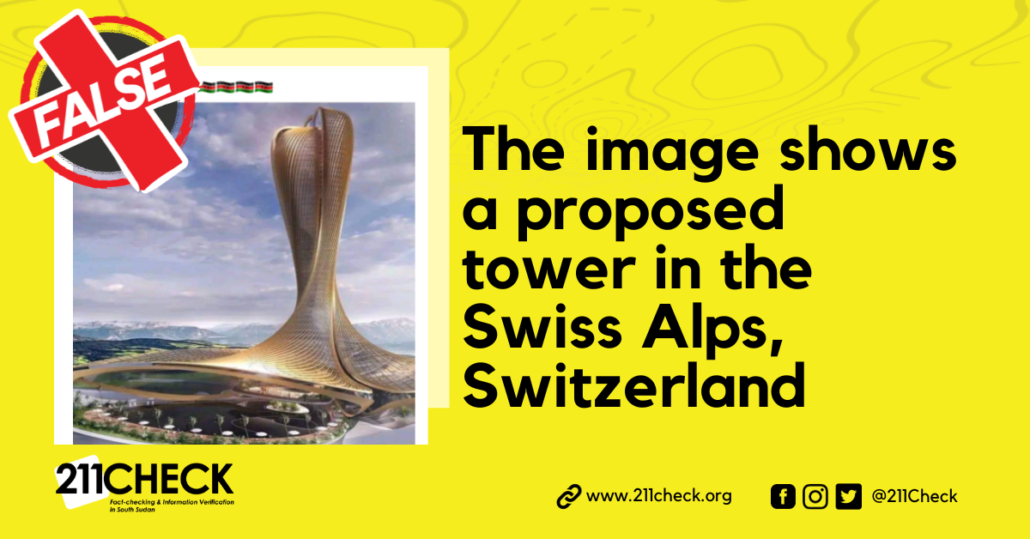Fact-check: This video of a leaking roof isn’t at Entebbe International Airport, Uganda
The video is of Jomo Kenyatta International Airport (JKIA) in Nairobi.
Writer: Jibi Moses
A video making rounds on social media, claiming to show a leaking roof at Entebbe International Airport, is misleading.
The video, which was shared on TikTok (archived here) on November 16, 2023, among other platforms, had a voice from the background and words inscribed on it that said: “Our Entebbe Airport this morning, when a country rots, everything goes with it.”
However, the comments from the post raised suspicion, as many people were disputing that this is not Entebbe International Airport but Jomo Kenyatta International Airport (JKIA). This prompted 211 Check to investigate the video.
The screenshot of the claim as shown on TikTok
Claim Verification:
A keyword search of the words ‘A video of a leaking roof at Entebbe International Airport’ brought several results, all of which showed that the incident happened at the Jomo Kenyatta International Airport (JKIA) in Nairobi, Kenya.
Some of the results were reported by Kenyan media outlets such as here and here, which, on November 16, 2023, said that the Ugandan Civil Aviation Authority had put out a statement to clarify that the incident did not occur at Entebbe International Airport.
The Uganda Civil Aviation Authority made a statement on November 15, 2023, telling the public to ignore the trending video of an ‘unfortunate situation at an airport in a neighbouring country.’
Please ignore the trending video of an unfortunate situation at an airport in a neighbouring country, which some WhatsApp users have wrongly attributed to Entebbe International Airport. Note that this is not Entebbe International Airport; read the message on CAA’s X handle, which is accompanied by the same video.
On 14 November 2023, one of the leading Kenyan news outlets, Citizen TV, reported about the incident at the JKIA. The report also mentioned that Kenya’s Transport Cabinet Secretary, Kipchumba Murkomen, blamed the incident on the previous government, which allegedly did shoddy work on terminals 1C and 1E.
Many other sources reported the incident, as seen here, here, here, and here.
Has Entebbe International Airport ever had leaking roofs?
On September 6, 2023, the Daily Monitor published an article titled
Entebbe International Airport floods amid UPDF construction. The flooding was attributed to leaks from the upper floors of the terminal building, as the area was under ongoing expansion.
A screenshot from the Daily Monitor’s publication
On November 17, 2023, Newsday, an online outlet, ran a story describing the situation at Entebbe Airport. The story’s headline was: Seyani Brothers on the spot over leaking roof at Entebbe Airport
Videos making the rounds show one of the newly constructed passenger terminal buildings by the Seyani Brothers with water on the floor following torrential rains.
Seyani was contracted to work on the airport passenger terminal to the tune of Sh42b.
According to the Uganda Civil Aviation Authority, the landside expansion by M/s Seyani Brothers (U) Ltd. sought to provide more room and comfort for service users, especially passengers,” partly read the article written by Newsday.
Given the above articles, there have been past leakage/s at Entebbe International Airport, which seemingly made the JKIA incident believable to the Ugandan public.
Conclusion:
211 Check finds the video making the rounds on social media, claimed to show a leaking roof at Entebbe International Airport, to be misleading. The video is of JKIA in Nairobi, Kenya.
This fact check was published by 211 Check with technical support from Code for Africa’s PesaCheck newsdesk through the African Fact-Checking Alliance (AFCA).
To ensure accuracy and transparency, we at 211 Check welcome corrections from our readers. If you spot an error in this article, please request a correction using this form. Our team will review your request and make the necessary corrections immediately, if any.
It’s vital to fight misinformation and disinformation in the media by avoiding fake news. Don’t share content you’re uncertain about. False information can harm and mislead people, risking their lives—Fact-check before sharing. For more details, visit https://211check.org/ or message us on WhatsApp at +211 917 298 255. #FactsMatter
